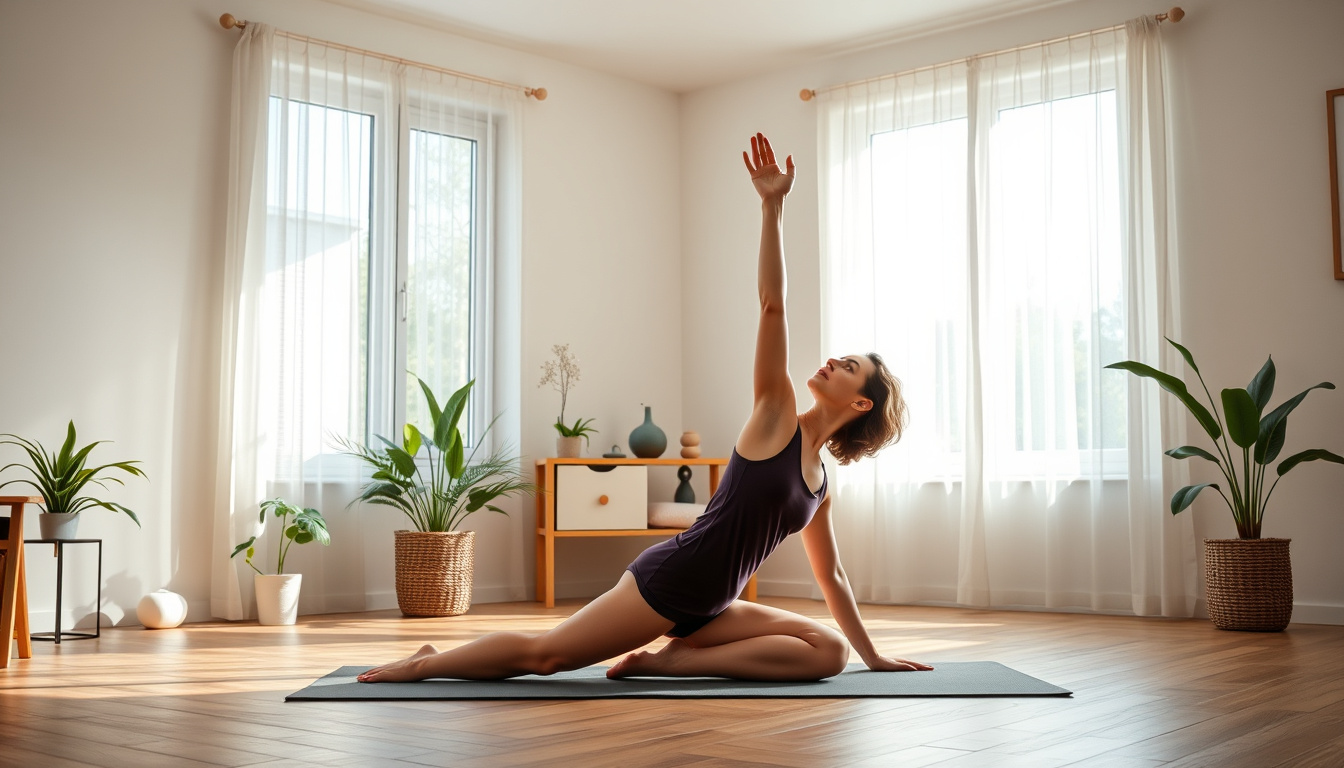A pull-up stands as one of the strongest moves for your upper body. It targets your back, shoulders, and arms in a clear, connected way. Many beginners face the pull-up with hesitation. With correct methods and steady work, you can pull yourself up. In this article, we guide you through key tips and steps. You will gain strength and self-belief as you improve.
Why Is the Pull-Up Such a Useful Exercise?
The pull-up serves as a sign of strong upper body muscles. Its gains include:
- Building muscle in your back, biceps, and shoulders
- Gaining a firmer grip
- Correcting posture and back care
- Boosting overall sport ability
- Simple setup: only a solid bar is needed
If you train for fitness, function, or sport, pulling up is a goal that fits well.
Understanding the Proper Pull-Up Technique
Do pull-ups with these steps to keep muscles working right and to avoid harm:
- Grip the bar with your hands a little wider than shoulder width, with palms outwards.
- Brace your core and keep your body straight from head to toe. Avoid swinging or arching.
- Draw your shoulder blades close and pull your elbows down and back.
- Pull your body upward until your chin sits above the bar.
- Lower your body slowly until your arms are straight again.
Using this method links your muscles closely for each movement and helps you improve.
Tips and Techniques for Beginners to Master the Pull-Up
To do your first pull-up or to get the form right, try these steps:
1. Build a Base with Assisted Pull-Ups
If you cannot do one on your own, use help:
- Use a sturdy resistance band around the bar. Put your knees or feet in the band to cut your weight.
- Use gym machines made for assisted pull-ups.
- Do negative pull-ups. Jump or step so that your chin is above the bar; then lower down slowly to build strength.
2. Strengthen Supporting Muscles
Train the muscles that work with the pull-up:
- Perform lat pulldowns
- Do inverted rows
- Try bicep curls
- Hold a plank to work your core
This work helps your pull-up and makes your muscles track each other closely.
3. Practice Negative Repetitions
Focus on the lowering part of the pull-up:
- Jump or step up so that your chin passes the bar.
- Lower your body slowly, counting for 3-5 seconds.
- Repeat these motions a few times to build strength as your muscles learn each step.
Working on negative reps can significantly improve your overall pull-up performance.
4. Improve Grip Strength
A tight grip helps you control the movement:
- Do hangs from the bar, farmer’s carries, or towel hangs.
- Try dead hangs by holding onto the bar as long as you can.
A better grip links you closely to the bar and keeps your form steady.
5. Stay Consistent and Make Small Steps
Change takes time. Add pull-up practice into your routine:
- Start with two or three workouts each week.
- Try to add one more pull-up or extra set each week.
- Rest well so that your muscles can fix and grow.
6. Count Form Over Quantity
It is best to do pull-ups with good form even if they are few. This way, you keep your joints safe and build the right muscles.
Sample Beginner Pull-Up Progression Plan
Below is a simple 4-week plan to help beginners move forward:
| Week | Exercise Category | Repetitions/Days |
|---|---|---|
| 1 | Assisted pull-ups and negative reps | 3 sets of 8–10 reps, 3 days/week |
| 2 | Keep using assistance and add dead hangs | 3 sets, hold for 15–30 seconds |
| 3 | Slowly use less help and try unassisted reps | 3 sets, do as many as you can |
| 4 | Do unassisted pull-ups and add negative reps | Practice until you feel tired, 3 days/week |
Be patient as you build your skill.
Common Challenges and How to Work Through Them
| Challenge | Solution |
|---|---|
| Not able to lift even a bit | Use negative reps, use help, and build your supporting muscles |
| Swinging when pulling up | Move slowly, tighten your core |
| Shoulder or elbow pain | Check your form, lower the load, and ask a coach for help if pain stays |
More Learning Sources
For more clear rules, you can look at trusted fitness sites like the National Academy of Sports Medicine (NASM) or ask a certified trainer. Videos online also help you see the proper move.
FAQs About Pull-Ups
Q1: How long does it take to do a pull-up on your own?
A: The time it takes will differ by person and regular work. Most see progress in 4–8 weeks with a set plan.
Q2: Can I do pull-ups every day?
A: Let your muscles rest at least 48 hours between sessions to avoid too much strain.
Q3: What helps to do more pull-ups?
A: Keep doing assisted pull-ups, negatives, and muscle work. As you get stronger, try a few more reps each time.
Final Thoughts: Start Your Pull-Up Journey Today!
Pull-ups build strength in a way that links each motion tightly with muscle work. Whether you are new or want to adjust your form, each small step builds your skill. Every experienced lifter began by practicing. Keep working with care, and soon you will pull up with strong arms and a firm back.
Begin your pull-up work now and take your first step toward strong upper body fitness!




